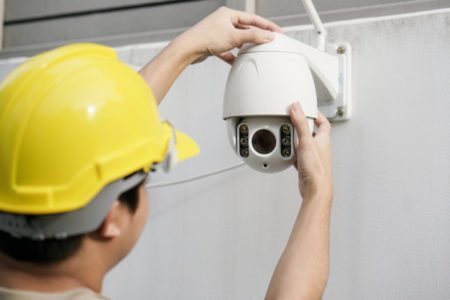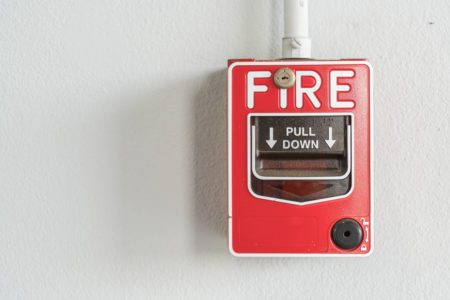The right selection of a CCTV camera system plays a crucial role in your overall security. It is imperative to choose the right one with the following points in mind:
- The sensor: The two sensors used in CCTV cameras are CCD (charged couple device) which are often found in old CCTV cameras and CMOS (complementary metal oxide semiconductor) which uses newer image sensor technology, such as Sony’s STARVIS to provide a clearer and better image quality. Based on your security requirements and bandwidth, you can choose a CCTV system that contains either of these sensors.
- The lens: Choosing a CCTV camera with the right lens will ensure sharper and accurate focus on the target. In the night, a CCTV camera with a higher resolution lens will produce a clearly visible video. You can opt for the one with a zoom lens which adjusts to the light automatically if someone reaches the sensor.
- Field of view: It is a measure of the area a CCTV camera is capable of viewing. Depending on the infrastructure and the area to display, you can opt for 4mm, 8mm or 12mm lens. While the 4mm lens allows better wide-angle viewing, 8mm and 12mm lenses would be a better choice where close viewing is necessary.
- The resolution: The higher the resolution, the better the video. Mainstream cameras can produce video output in the range of 300-550 TVL (TV Lines), while high-resolution CCTVs can render output in the range of 700 TVL at the highest. A higher TVL will render the video with enhanced clarity. The important thing is to match the resolution your camera can produce to access the output of the most detailed images from the system.
- Dynamic range: A CCTV cameras dynamic range is the difference between the maximum and minimum acceptable signal levels. It indicated the ability of the camera and its imaging chip to convert light information into video signals. The wider a camera’s dynamic range, the better it will deal with the extreme lighting contrasts (Low-light or excessive light). You must choose a camera which has a wide dynamic range and can provide clear video signals even under excessive or low light.
- DORI: DORI (detection, observation, recognition, and identification) is a security camera standard developed by the British Security Industry Association, BSIA, to define what one should look for in a security camera. If you are looking for the best CCTV camera, you need to find answers to the following four questions:
- Detection: What do you exactly want to detect in the field of interest? (Humans, objects, number plates, vehicles, etc.)
- Observation: What is the observation range of the detected entity? (wide range or closed view)
- Recognition: How do you want to recognise what is really happening? (in high or low resolution)
- Identification: Do you want to closely identify who or what is involved in the activity? (low light black and white cameras or color cameras and monitors)
The answers to the question above will provide you with enough clarity on your ideal CCTV system with the best cameras coupled with advanced technology and software.
Safety is a top priority. Based on your location and your security needs, investing in a good security system could be your eyes in the face of danger or misfortune. If you’re skeptical of your choice of CCTV system, consulting a good security solutions company will help you fulfill all your security needs. It is time to invest in CCTV cameras and open the door to increased profits and peace of mind.




